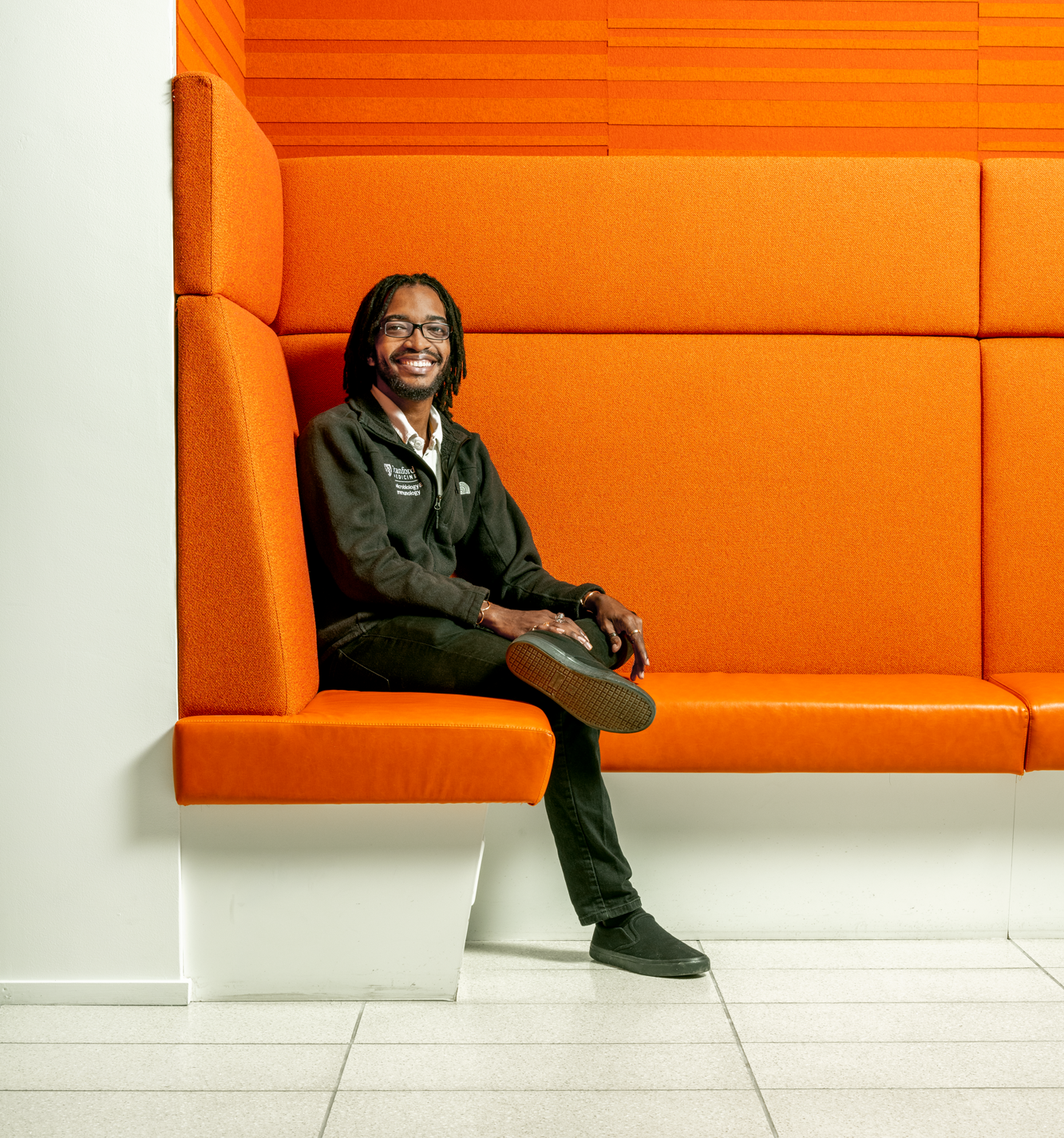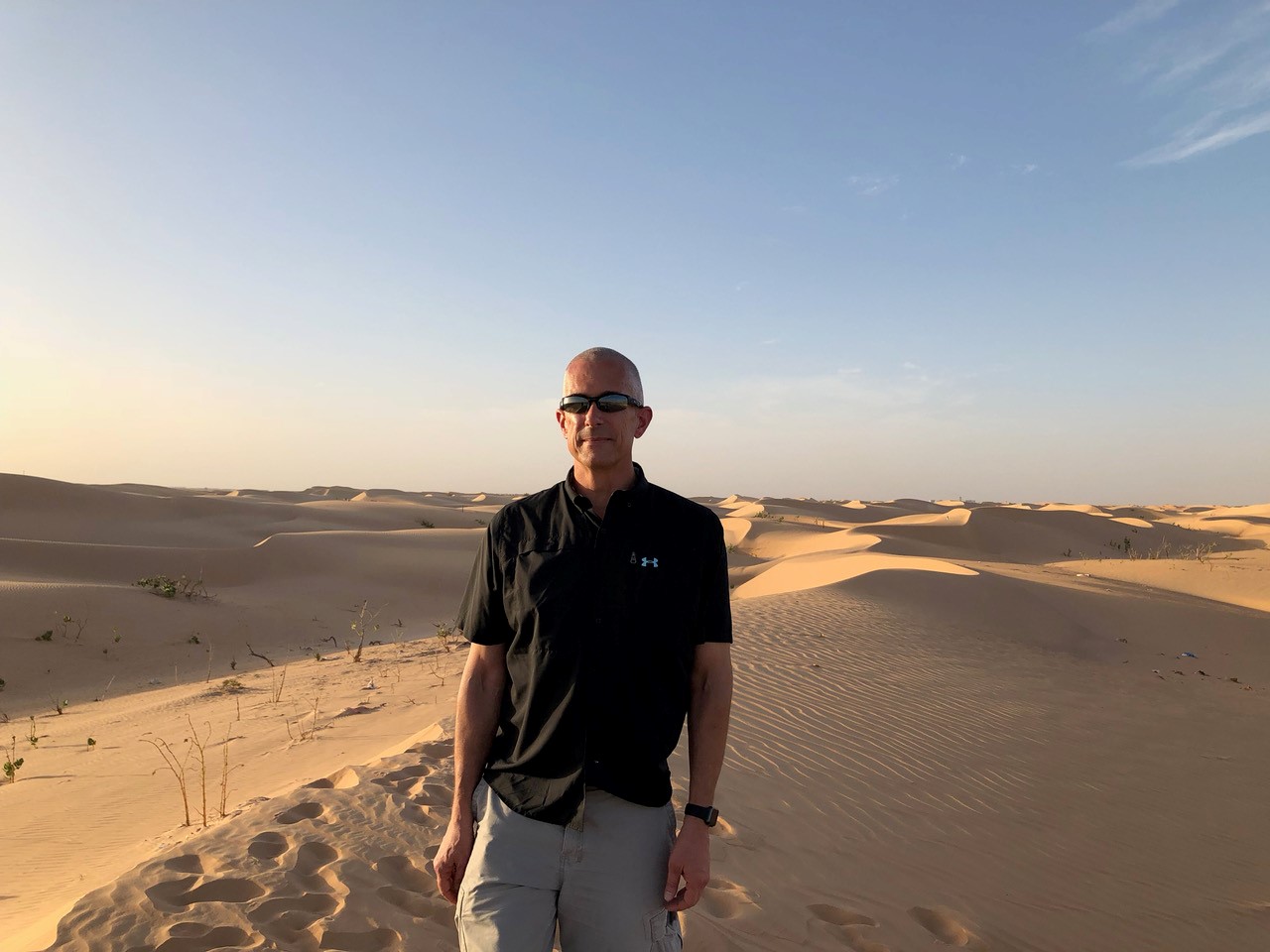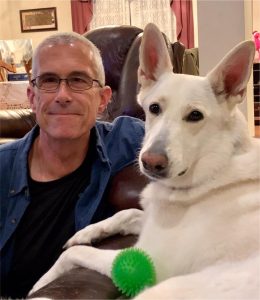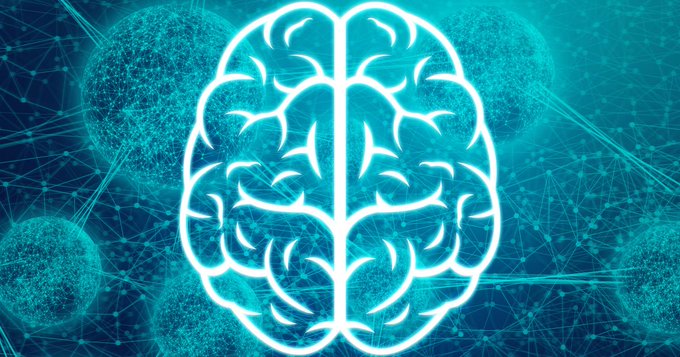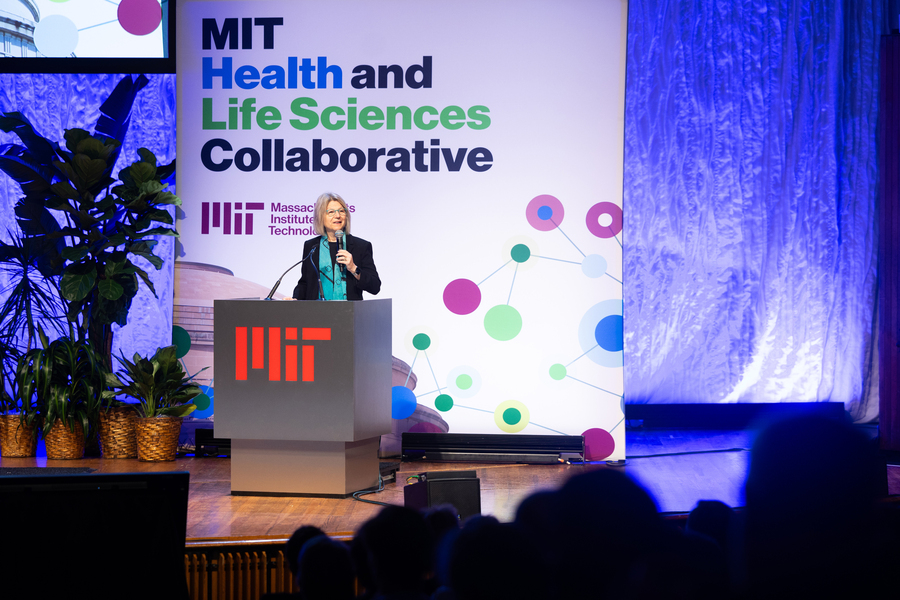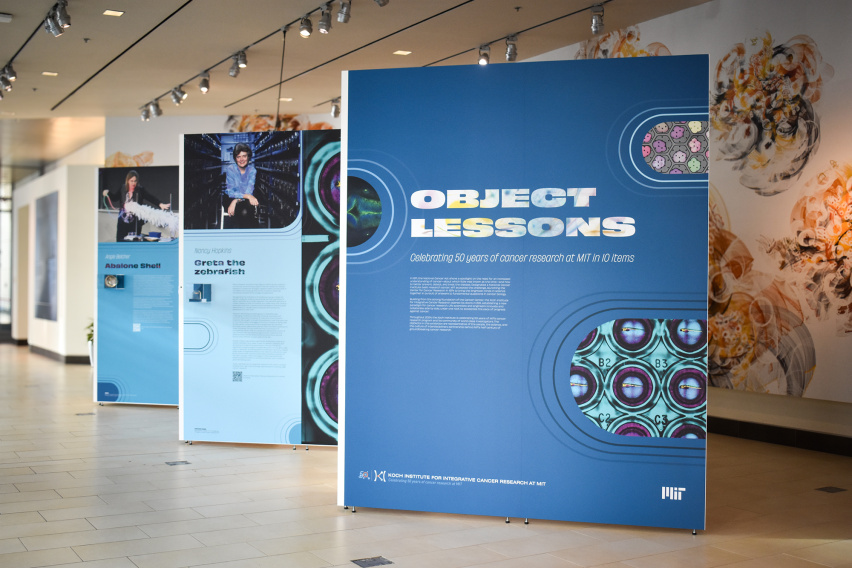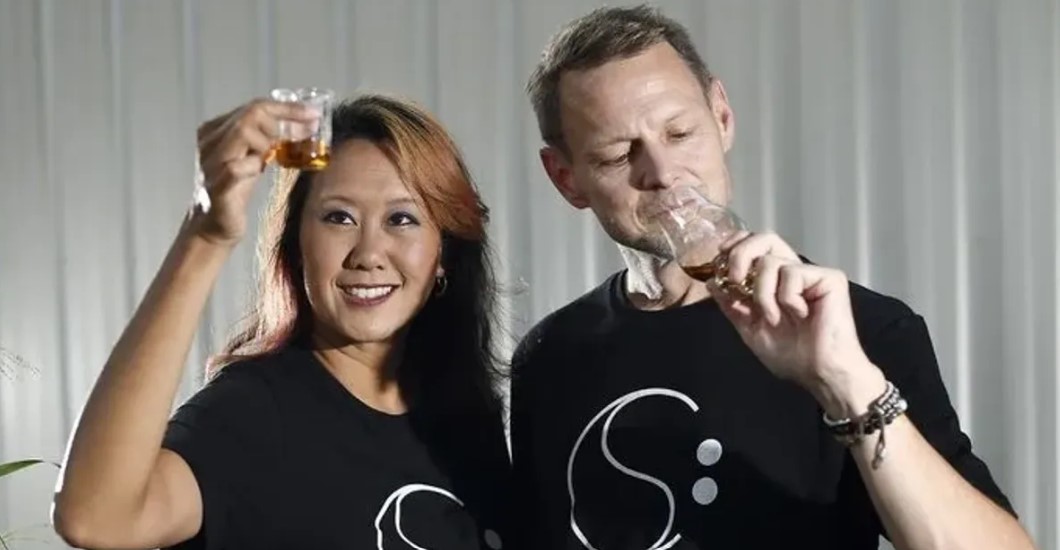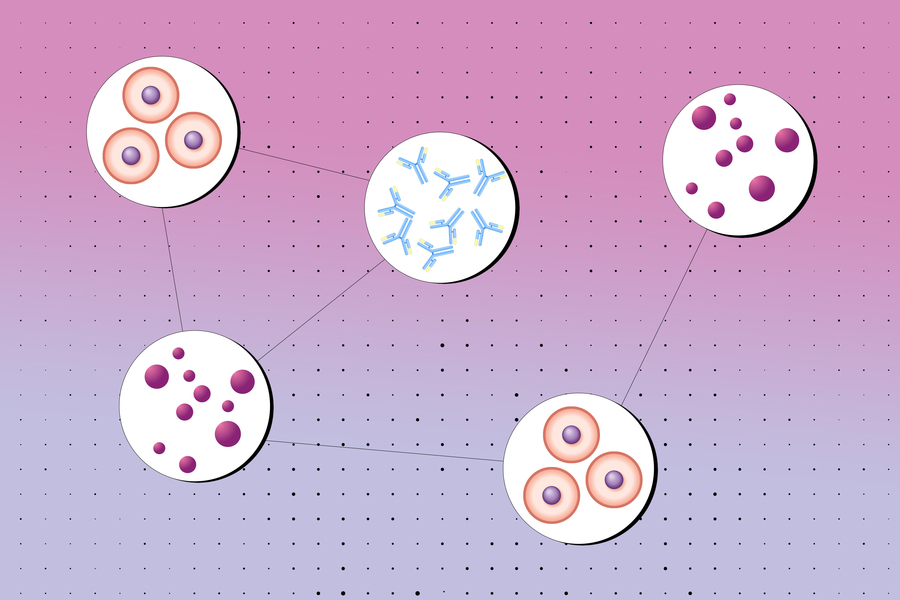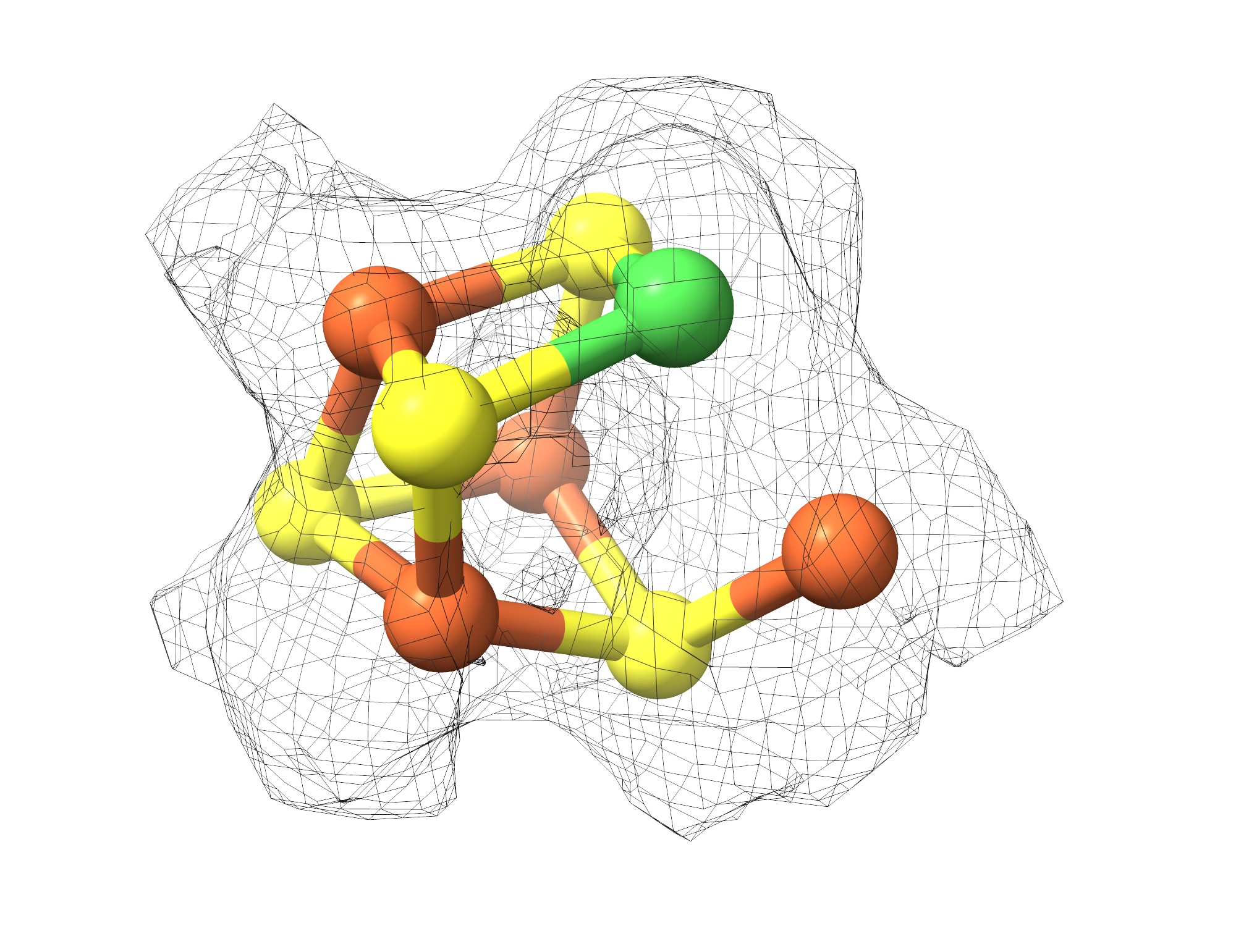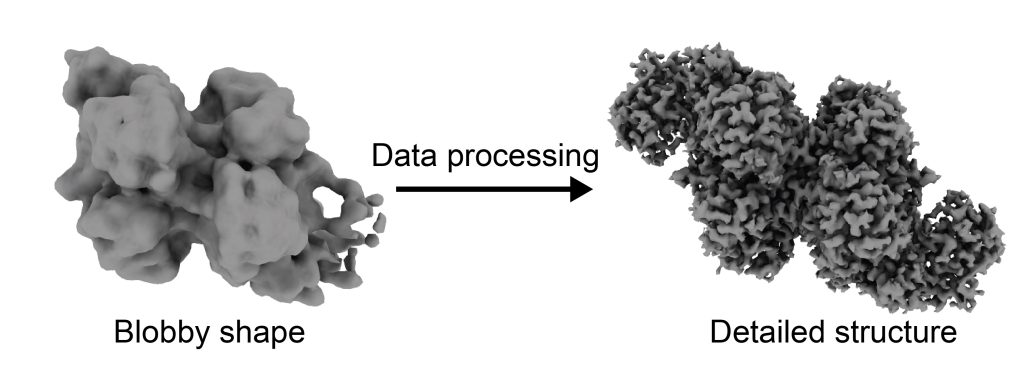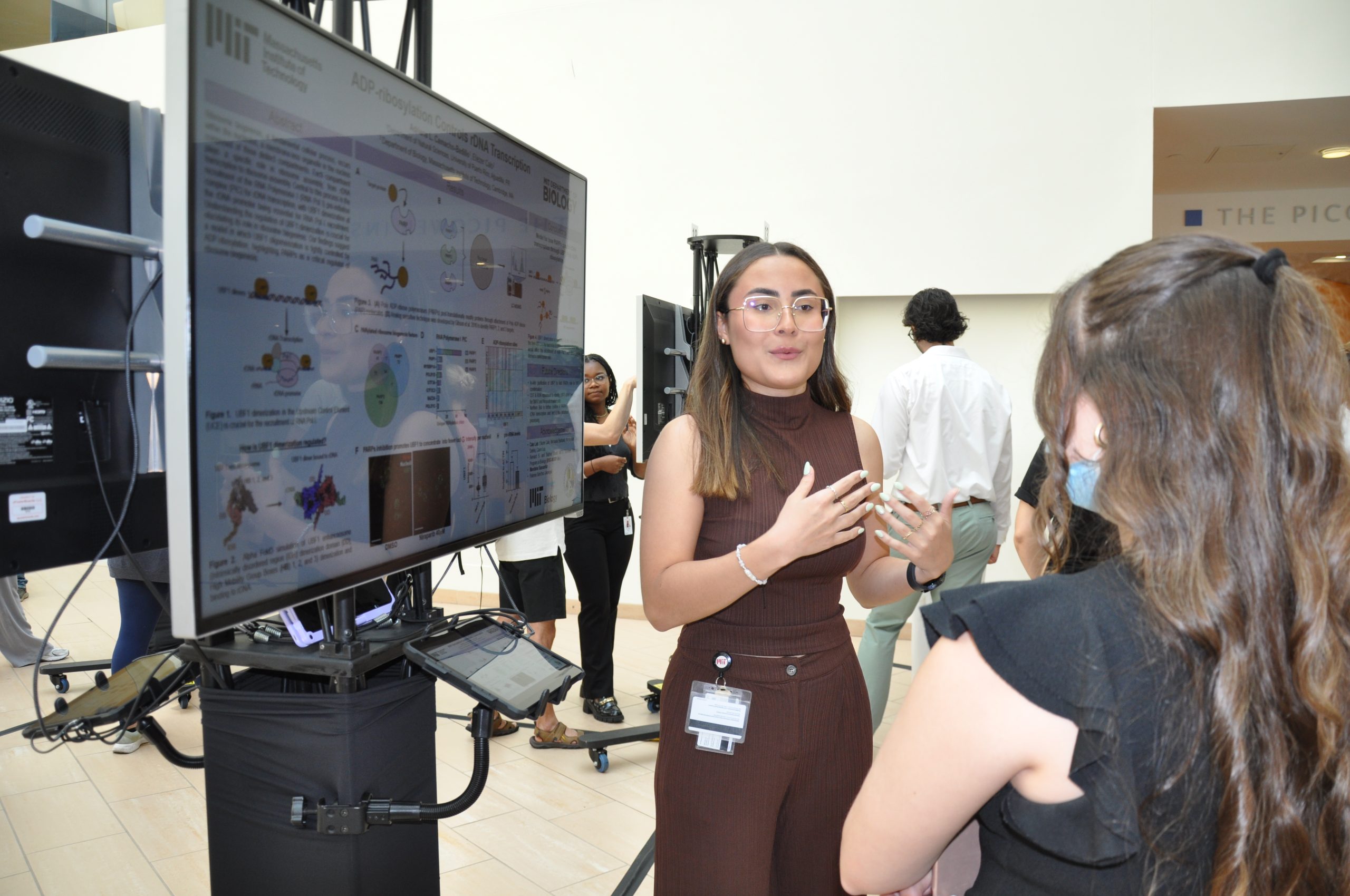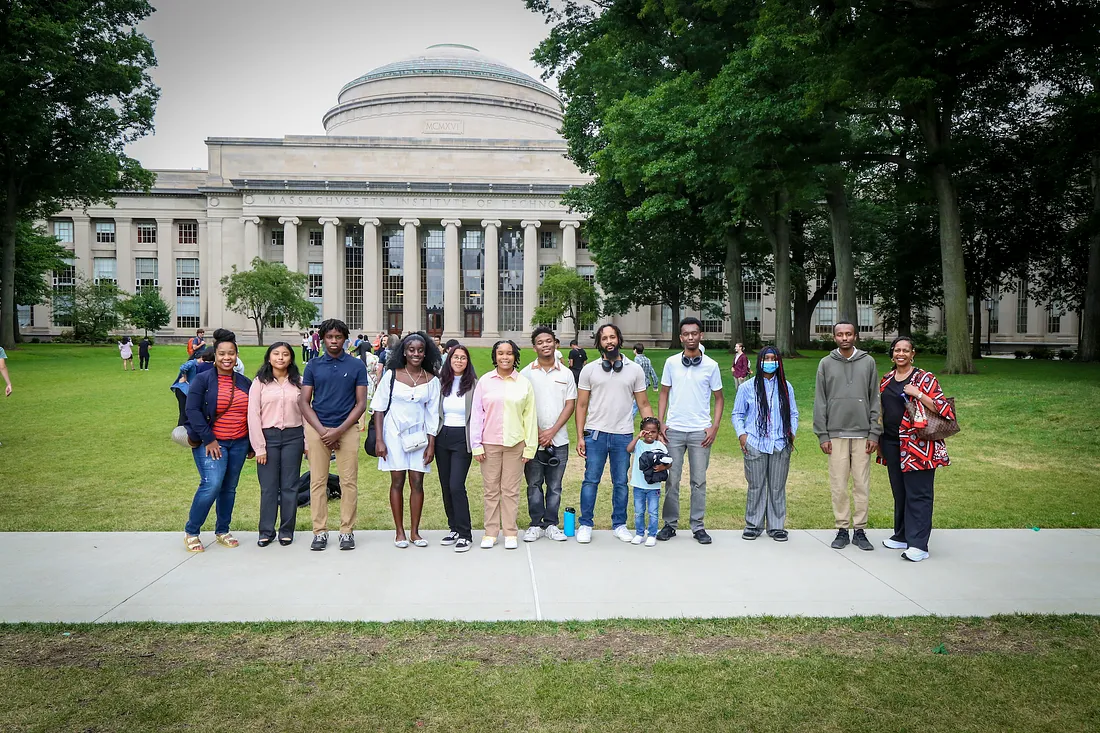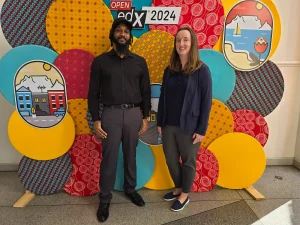The MIT Health and Life Sciences Collaborative will bring together researchers from across the Institute to deliver health care solutions at scale.
Anne Trafton | MIT News
At MIT, collaboration between researchers working in the life sciences and engineering is a frequent occurrence. Under a new initiative launched last week, the Institute plans to strengthen and expand those collaborations to take on some of the most pressing health challenges facing the world.
The new MIT Health and Life Sciences Collaborative, or MIT HEALS, will bring together researchers from all over the Institute to find new solutions to challenges in health care. HEALS will draw on MIT’s strengths in life sciences and other fields, including artificial intelligence and chemical and biological engineering, to accelerate progress in improving patient care.
“As a source of new knowledge, of new tools and new cures, and of the innovators and the innovations that will shape the future of biomedicine and health care, there is just no place like MIT,” MIT President Sally Kornbluth said at a launch event last Wednesday in Kresge Auditorium. “Our goal with MIT HEALS is to help inspire, accelerate, and deliver solutions, at scale, to some of society’s most urgent and intractable health challenges.”
The launch event served as a day-long review of MIT’s historical impact in the life sciences and a preview of what it hopes to accomplish in the future.
“The talent assembled here has produced some truly towering accomplishments. But also — and, I believe, more importantly — you represent a deep well of creative potential for even greater impact,” Kornbluth said.
Massachusetts Governor Maura Healey, who addressed the filled auditorium, spoke of her excitement about the new initiative, emphasizing that “MIT’s leadership and the work that you do are more important than ever.”
“One of things as governor that I really appreciate is the opportunity to see so many of our state’s accomplished scientists and bright minds come together, work together, and forge a new commitment to improving human life,” Healey said. “It’s even more exciting when you think about this convening to think about all the amazing cures and treatments and discoveries that will result from it. I’m proud to say, and I really believe this, this is something that could only happen in Massachusetts. There’s no place that has the ecosystem that we have here, and we must fight hard to always protect that and to nurture that.”
A history of impact
MIT has a long history of pioneering new fields in the life sciences, as MIT Institute Professor Phillip Sharp noted in his keynote address. Fifty years ago, MIT’s Center for Cancer Research was born, headed by Salvador Luria, a molecular biologist and a 1975 Nobel laureate.
That center helped to lead the revolutions in molecular biology, and later recombinant DNA technology, which have had significant impacts on human health. Research by MIT Professor Robert Weinberg and others identifying cancer genes has led the development of targeted drugs for cancer, including Herceptin and Gleevec.
In 2007, the Center for Cancer Research evolved into the Koch Institute for Integrative Cancer Research, whose faculty members are divided evenly between the School of Science and the School of Engineering, and where interdisciplinary collaboration is now the norm.
While MIT has long been a pioneer in this kind of collaborative health research, over the past several years, MIT’s visiting committees reported that there was potential to further enhance those collaborations, according to Nergis Mavalvala, dean of MIT’s School of Science.
“One of the very strong themes that emerged was that there’s an enormous hunger among our colleagues to collaborate more. And not just within their disciplines and within their departments, but across departmental boundaries, across school boundaries, and even with the hospitals and the biotech sector,” Mavalvala told MIT News.
To explore whether MIT could be doing more to encourage interdisciplinary research in the life sciences, Mavalvala and Anantha Chandrakasan, dean of the School of Engineering and MIT’s chief innovation and strategy officer, appointed a faculty committee called VITALS (Vision to Integrate, Translate and Advance Life Sciences).
That committee was co-chaired by Tyler Jacks, the David H. Koch Professor of Biology at MIT and a member and former director of the Koch Institute, and Kristala Jones Prather, head of MIT’s Department of Chemical Engineering.
“We surveyed the faculty, and for many people, the sense was that they could do more if there were improved mechanisms for interaction and collaboration. Not that those don’t exist — everybody knows that we have a highly collaborative environment at MIT, but that we could do even more if we had some additional infrastructure in place to facilitate bringing people together, and perhaps providing funding to initiate collaborative projects,” Jacks said before last week’s launch.
These efforts will build on and expand existing collaborative structures. MIT is already home to a number of institutes that promote collaboration across disciplines, including not only the Koch Institute but also the McGovern Institute for Brain Research, the Picower Institute for Learning and Memory, and the Institute for Medical Engineering and Science.
“We have some great examples of crosscutting work around MIT, but there’s still more opportunity to bring together faculty and researchers across the Institute,” Chandrakasan said before the launch event. “While there are these great individual pieces, we can amplify those while creating new collaborations.”
Supporting science
In her opening remarks on Wednesday, Kornbluth announced several new programs designed to support researchers in the life sciences and help promote connections between faculty at MIT, surrounding institutions and hospitals, and companies in the Kendall Square area.
“A crucial part of MIT HEALS will be finding ways to support, mentor, connect, and foster community for the very best minds, at every stage of their careers,” she said.
With funding provided by Noubar Afeyan PhD ’87, an executive member of the MIT Corporation and founder and CEO of Flagship Pioneering, MIT HEALS will offer fellowships for graduate students interested in exploring new directions in the life sciences.
Another key component of MIT HEALS will be the new Hood Pediatric Innovation Hub, which will focus on development of medical treatments specifically for children. This program, established with a gift from the Charles H. Hood Foundation, will be led by Elazer Edelman, a cardiologist and the Edward J. Poitras Professor in Medical Engineering and Science at MIT.
“Currently, the major market incentives are for medical innovations intended for adults — because that’s where the money is. As a result, children are all too often treated with medical devices and therapies that don’t meet their needs, because they’re simply scaled-down versions of the adult models,” Kornbluth said.
As another tool to help promising research projects get off the ground, MIT HEALS will include a grant program known as the MIT-MGB Seed Program. This program, which will fund joint research projects between MIT and Massachusetts General Hospital/Brigham and Women’s Hospital, is being launched with support from Analog Devices, to establish the Analog Devices, Inc. Fund for Health and Life Sciences.
Additionally, the Biswas Family Foundation is providing funding for postdoctoral fellows, who will receive four-year appointments to pursue collaborative health sciences research. The details of the fellows program will be announced in spring 2025.
“One of the things we have learned through experience is that when we do collaborative work that is cross-disciplinary, the people who are actually crossing disciplinary boundaries and going into multiple labs are students and postdocs,” Mavalvala said prior to the launch event. “The trainees, the younger generation, are much more nimble, moving between labs, learning new techniques and integrating new ideas.”
Revolutions
Discussions following the release of the VITALS committee report identified seven potential research areas where new research could have a big impact: AI and life science, low-cost diagnostics, neuroscience and mental health, environmental life science, food and agriculture, the future of public health and health care, and women’s health. However, Chandrakasan noted that research within HEALS will not be limited to those topics.
“We want this to be a very bottom-up process,” he told MIT News. “While there will be a few areas like AI and life sciences that we will absolutely prioritize, there will be plenty of room for us to be surprised on those innovative, forward-looking directions, and we hope to be surprised.”
At the launch event, faculty members from departments across MIT shared their work during panels that focused on the biosphere, brains, health care, immunology, entrepreneurship, artificial intelligence, translation, and collaboration. The program, which was developed by Amy Keating, head of the Department of Biology, and Katharina Ribbeck, the Andrew and Erna Viterbi Professor of Biological Engineering, also included a spoken-word performance by Victory Yinka-Banjo, an MIT senior majoring in computer science and molecular biology.
In her performance, called “Systems,” Yinka-Banjo urged the audience to “zoom out,” look at systems in their entirety, and pursue collective action.
“To be at MIT is to contribute to an era of infinite impact. It is to look beyond the microscope, zooming out to embrace the grander scope. To be at MIT is to latch onto hope so that in spite of a global pandemic, we fight and we cope. We fight with science and policy across clinics, academia, and industry for the betterment of our planet, for our rights, for our health,” she said.
In a panel titled “Revolutions,” Douglas Lauffenburger, the Ford Professor of Engineering and one of the founders of MIT’s Department of Biological Engineering, noted that engineers have been innovating in medicine since the 1950s, producing critical advances such as kidney dialysis, prosthetic limbs, and sophisticated medical imaging techniques.
MIT launched its program in biological engineering in 1998, and it became a full-fledged department in 2005. The department was founded based on the concept of developing new approaches to studying biology and developing potential treatments based on the new advances being made in molecular biology and genomics.
“Those two revolutions laid the foundation for a brand new kind of engineering that was not possible before them,” Lauffenburger said.
During that panel, Jacks and Ruth Lehmann, director of the Whitehead Institute for Biomedical Research, outlined several interdisciplinary projects underway at the Koch Institute and the Whitehead Institute. Those projects include using AI to analyze mammogram images and detect cancer earlier, engineering drought-resistant plants, and using CRISPR to identify genes involved in toxoplasmosis infection.
These examples illustrate the potential impact that can occur when “basic science meets translational science,” Lehmann said.
“I’m really looking forward to HEALS further enlarging the interactions that we have, and I think the possibilities for science, both at a mechanistic level and understanding the complexities of health and the planet, are really great,” she said.
The importance of teamwork
To bring together faculty and students with common interests and help spur new collaborations, HEALS plans to host workshops on different health-related topics. A faculty committee is now searching for a director for HEALS, who will coordinate these efforts.
Another important goal of the HEALS initiative, which was the focus of the day’s final panel discussion, is enhancing partnerships with Boston-area hospitals and biotech companies.
“There are many, many different forms of collaboration,” said Anne Klibanski, president and CEO of Mass General Brigham. “Part of it is the people. You bring the people together. Part of it is the ideas. But I have found certainly in our system, the way to get the best and the brightest people working together is to give them a problem to solve. You give them a problem to solve, and that’s where you get the energy, the passion, and the talent working together.”
Robert Langer, the David H. Koch Institute Professor at MIT and a member of the Koch Institute, noted the importance of tackling fundamental challenges without knowing exactly where they will lead. Langer, trained as a chemical engineer, began working in biomedical research in the 1970s, when most of his engineering classmates were going into jobs in the oil industry.
At the time, he worked with Judah Folkman at Boston Children’s Hospital on the idea of developing drugs that would starve tumors by cutting off their blood supply. “It took many, many years before those would [reach patients],” he says. “It took Genentech doing great work, building on some of the things we did that would lead to Avastin and many other drugs.”
Langer has spent much of his career developing novel strategies for delivering molecules, including messenger RNA, into cells. In 2010, he and Afeyan co-founded Moderna to further develop mRNA technology, which was eventually incorporated into mRNA vaccines for Covid.
“The important thing is to try to figure out what the applications are, which is a team effort,” Langer said. “Certainly when we published those papers in 1976, we had obviously no idea that messenger RNA would be important, that Covid would even exist. And so really it ends up being a team effort over the years.”
